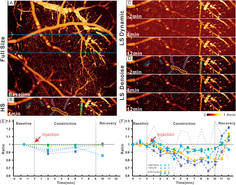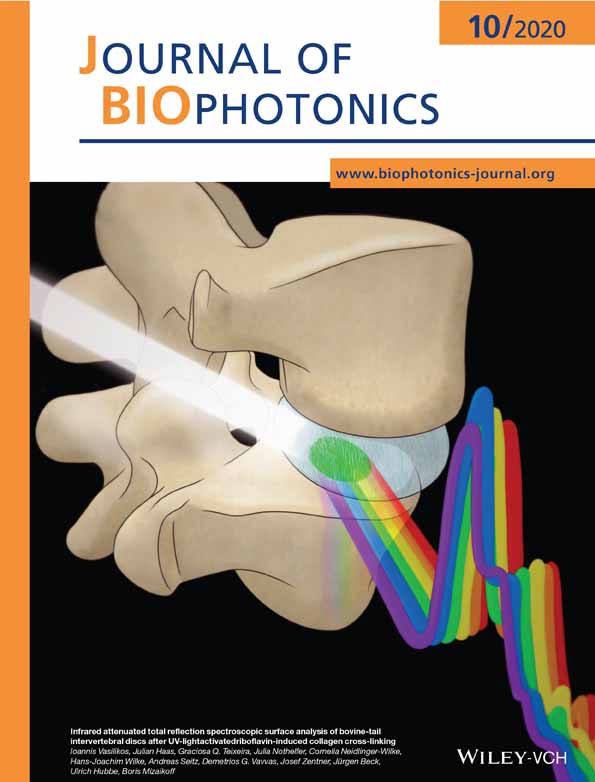A deep-learning-based approach for noise reduction in high-speed optical coherence Doppler tomography
Funding information: Foundation for the National Institutes of Health, Grant/Award Numbers: R01DA029718, R21DA042597, RF1DA048808
Abstract
Optical coherence Doppler tomography (ODT) increasingly attracts attention because of its unprecedented advantages with respect to high contrast, capillary-level resolution and flow speed quantification. However, the trade-off between the signal-to-noise ratio of ODT images and A-scan sampling density significantly slows down the imaging speed, constraining its clinical applications. To accelerate ODT imaging, a deep-learning-based approach is proposed to suppress the overwhelming phase noise from low-sampling density. To handle the issue of limited paired training datasets, a generative adversarial network is performed to implicitly learn the distribution underlying Doppler phase noise and to generate the synthetic data. Then a 3D based convolutional neural network is trained and applied for the image denoising. We demonstrate this approach outperforms traditional denoise methods in noise reduction and image details preservation, enabling high speed ODT imaging with low A-scan sampling density.
CONFLICTS OF INTEREST
The authors declare no potential conflict of interests.




